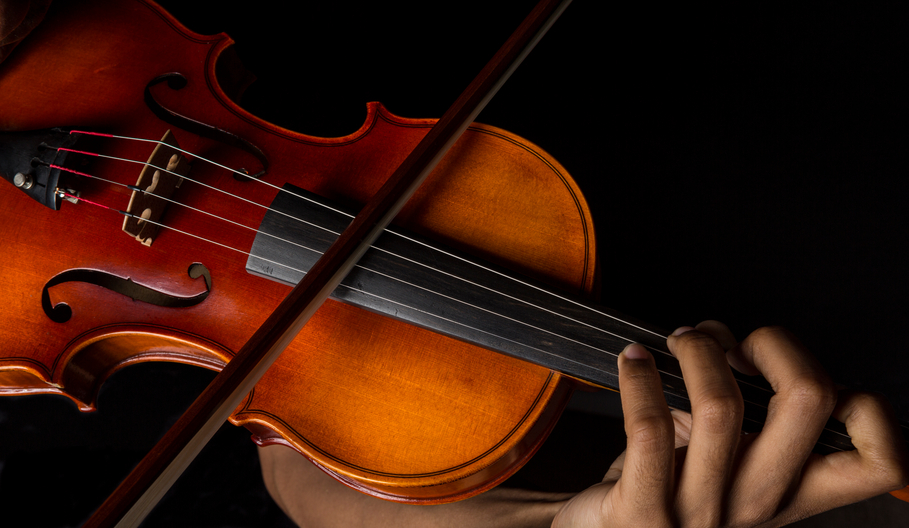tie
(verb, noun)
/taɪ/
 LISTEN
LISTEN


To tie means ‘to bind something with a cord’ or ‘to fasten something by making a knot.’ Figuratively, it can mean ‘to join firmly’ and, with negative connotations, ‘to restrict.’ In games, sports, or contests, when you tie it means that you get the same score as your opponent. As a noun, a tie is a cord or string used for tying, a knot or bow, and broadly, an affectionate bond with someone or something. In games, a tie is a state in which two or more teams or players have the same score. A tie is also a necktie, like in the picture above.
Example sentences
- Tania tied the tomato plants to the stakes.
- Ben put a ribbon around the gift and tied it in a bow.
- Charlotte's love for her family ties her to this region.
- Mark doesn't like his job, but he is tied to it because he needs the money.
- The two teams have tied, so the game will have to go into overtime.
- Sophie undid the ties holding the suitcase onto the luggage rack.
- Adam still has a lot of ties to his home town.
- The game ended in a tie, so there will have to be a rematch.
Words often used with tie
bow tie: a necktie in the shape of a bow. Example: “At the dinner, all the men were wearing evening dress with bow ties.”
tie one on (informal): get drunk. Example: “Oh, my head! I really tied one on last night.”
tie the knot: get married. Example: “It’s now fifteen years since my husband and I tied the knot.”
fit to be tied: very angry. Example: “Frances was fit to be tied when her boss blamed her for her colleague’s mistake.”
tie down: restrict someone’s freedom. Example: “Dan never stays with a girlfriend for more than a couple of months, because he doesn’t want to be tied down.”
tie in: fit with. Example: “Glenn’s account of the evening ties in with what everyone else is saying.”
In pop culture
In the US, there is a tradition to tie a yellow ribbon around a tree when a loved one has gone away (usually to fight in a war, but sometimes also to jail), and the family hopes they will come home safely. The custom started in the 19th century, when women would wear yellow ribbons in their hair or clothing for their husbands away fighting, but became popular (and switched to trees) in the 1970s. You can listen to the song “Tie a Yellow Ribbon Around the Ole Oak Tree,” by Tony Orlando and Dawn:
Additional information
If you receive an invitation specifying that the dress code is jacket and tie (or, sometimes in US English, coat and tie), that means you must wear a shirt and tie and a smart jacket and pants (trousers, in UK English). It is not necessary for the jacket and pants to be matching (in that case, the instruction would be “suit and tie”).
Did you know?
The phrasal verb tie up has several meanings. Literally, it means to use ropes or cords to restrict somebody’s movements. For example, “The burglars tied the householders up, before ransacking the house.” It can also mean to fasten something securely: “Jean tied up the parcel and took it to the post office.” However, figuratively, if we are talking about money or assets, it can mean unavailable: “All my money is currently tied up in my house, so I can’t lend you anything.” If we are talking about a person, it can mean they are busy: “I’m afraid Peter can’t talk to you at the moment; he’s tied up.”
Origin
Tie dates back to before the year 900. The Old English noun tēagh, tēgh or tēag literally meant ‘something used to tie anything,’ usually cord or rope. It can be traced back to the Proto-Germanic taugo and the Proto-Indo-European root deuk– (to lead). It is related to the Old Norse nouns taug (tie) and tygill (string), as well as the Old English verb teon (to draw, pull or drag). It has been used figuratively since the mid-16th century, and to describe a necktie or cravat since the mid-18th century. The meaning ‘an equal score between competitors’ dates back to the 1670s, and was a play on the figurative sense ‘a link.’ The verb comes from the noun, and also dates back to before the year 900. The Old English tīgan or tīegan, meaning ‘to tie, join or connect’ evolved into the Middle English tien before dropping the n in Modern English. It is related to the Old Norse teygja (to draw), as well as the English verbs tug and tow. The meaning ‘to have an equal score’ is from the late 19th century, while the expression ‘to tie the knot’ dates back to the early 18th century, and ‘tie one on’ is from the mid-20th century.
Word of the Day is released Monday through Friday.



